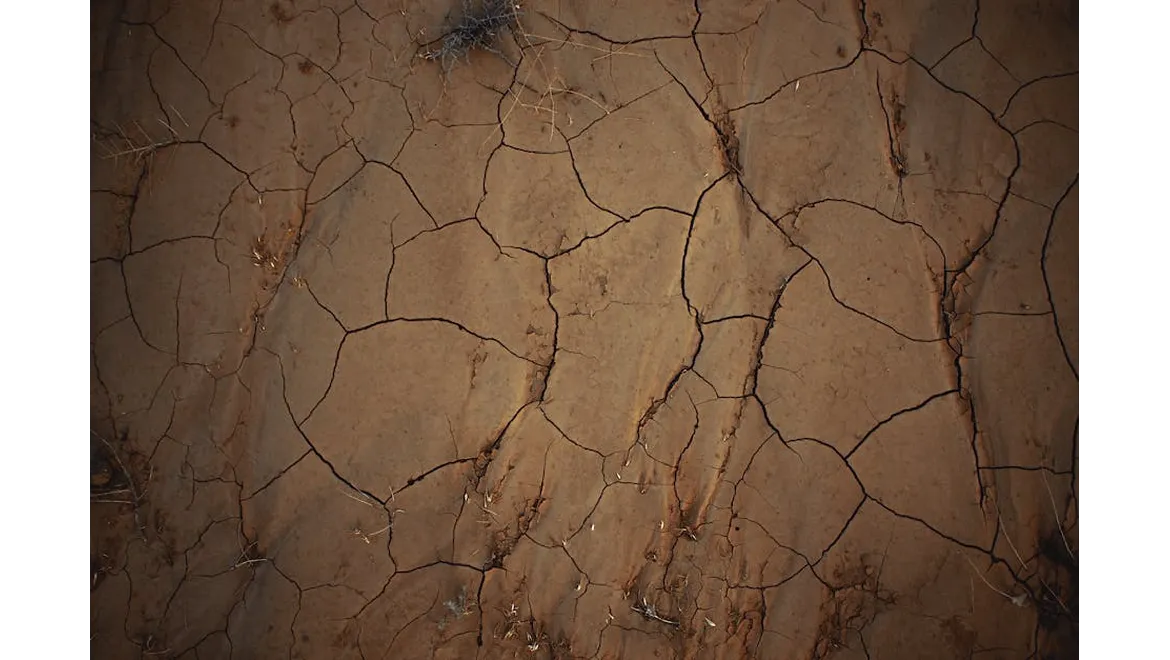Right, let’s talk clay. Beautiful, versatile, quintessentially British clay. Or rather, the bane of many a UK gardener’s existence, myself included! I love penning articles about the joys of a garden – the vibrant colours, the buzzing bees, the sheer tranquility. But let’s be honest, sometimes the reality involves wrestling with stubborn soil that resembles something closer to brick than a welcoming seedbed.
For years, my own patch was a classic case study in clay soil woe. Waterlogged in winter, rock-hard in summer. Plants looked perpetually unhappy, and frankly, so did I. Determined to transform this heavy ground into the gardener’s paradise I envisioned, I embarked on a mission, armed with research, a hefty spade, and a healthy dose of optimism. And guess what? It worked. So, let me share what I learned.
The Challenges of Clay (and Why It Matters)
Clay soil, as we know, is made up of tiny, tightly packed particles. This gives it that characteristic stickiness when wet and its concrete-like consistency when dry. The primary problems? Poor drainage and compaction. Water struggles to penetrate, leading to waterlogging and root rot. Compaction makes it difficult for roots to grow and access nutrients. Air circulation is also severely limited.
But don’t despair! The very thing that makes clay challenging – its high mineral content – also makes it potentially incredibly fertile. The trick is unlocking that potential.
Amendment is Key: The Magic Ingredients
My first weapon of choice? Organic matter. Lots of it. Think compost, well-rotted manure, leaf mould – the more the merrier. I’m talking about working in several inches of this goodness into the topsoil. The organic matter acts like a sponge, improving drainage, aeration, and providing a slow-release source of nutrients. It also helps to break up the clay particles, creating a more crumbly structure. Every autumn and spring, I diligently add more, and I can genuinely see the improvement.
Next up: grit. Horticultural grit, to be precise (sharp sand is an acceptable, cheaper, alternative). This coarse material helps to improve drainage by creating air pockets within the soil structure. I incorporated grit when planting, especially around the roots of plants susceptible to root rot. It also helps to prevent the soil from compacting too much.
Digging Deep (or Not!)
Traditionally, double digging was the recommended method for dealing with clay soil. This involves digging two spade depths deep, breaking up the compacted subsoil, and incorporating organic matter. While effective, it’s also incredibly labour-intensive and can disrupt the soil ecosystem. I experimented with double digging initially, but honestly, found it exhausting.
That’s when I discovered the wonders of no-dig gardening. This approach focuses on layering organic matter on top of the soil surface, allowing worms and other beneficial organisms to do the work of incorporating it into the soil. Over time, the soil structure improves naturally, without the need for back-breaking digging. I’ve found this method particularly effective in my raised beds and vegetable patch. Just be prepared for the long game; it’s a slower process but arguably kinder to the soil in the long run.
Plants That Love Clay (and Will Thank You For It)
While improving the soil is essential, choosing the right plants can make a huge difference. Some plants are naturally more tolerant of clay soil conditions. Here are a few of my favourites:
- Shrubs: Buddlejas (butterfly bushes), Hydrangeas (especially paniculata and macrophylla varieties if you amend the soil well), Viburnums (especially tinus and opulus), Cornus (dogwood, for winter colour).
- Perennials: Echinacea (coneflowers), Asters, Rudbeckias (black-eyed Susans), Heleniums (sneezeweeds), Hostas (if slugs aren’t too bad!).
- Trees: Hawthorn, Rowan, Alder. These are great at dealing with heavier wetter soils.
Soil Testing: Know Your Enemy (and Your Friend)
Before you start throwing compost around, it’s worth getting a soil test. This will tell you the pH level of your soil and identify any nutrient deficiencies. Most garden centres or online services offer soil testing kits. Knowing your soil’s specific needs will help you tailor your amendment strategy and choose the right fertilisers.
So, there you have it: my journey from clay soil despair to (almost!) gardening bliss. It’s a continuous process, a learning curve. And while I’m talking about continual work: the other thing that has added real value to my gardening has been the Orangery. It’s given me a space that is warm and dry where I can start seedlings and care for tender plants. This had extended the gardening season and really helps me deal with the challenging weather here in the UK.
Remember, patience is key. Transforming clay soil takes time and effort. But the rewards – healthy plants, bountiful harvests, and a garden that truly thrives – are well worth it. By focusing on improving drainage, adding organic matter, and choosing the right plants, you too can conquer your clay soil challenges and create your own little slice of paradise. It’s about working with nature, not against it, and understanding the unique characteristics of your plot.


